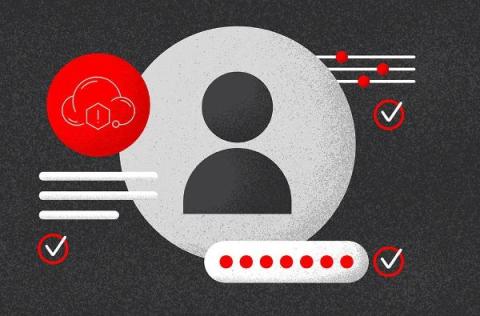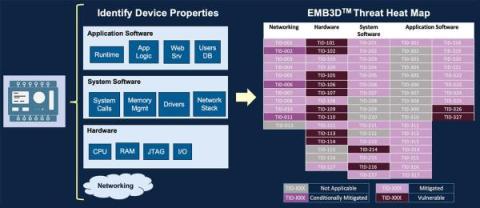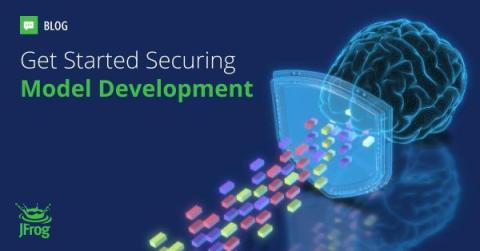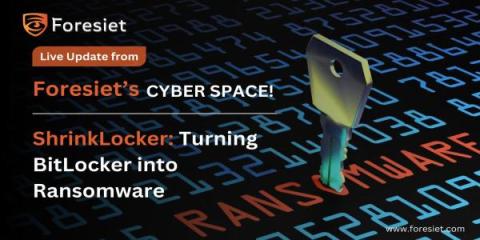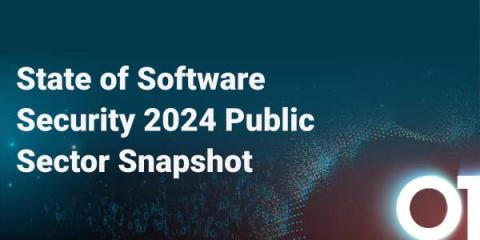CrowdStrike Brings Industry-Leading ITDR to All Major Cloud-Based Identity Providers
Today, we’re announcing new capabilities of CrowdStrike Falcon Identity Protection to further strengthen our industry-leading identity threat detection and response (ITDR) technology and help customers secure their cloud-based identity environments from cyberattacks.


